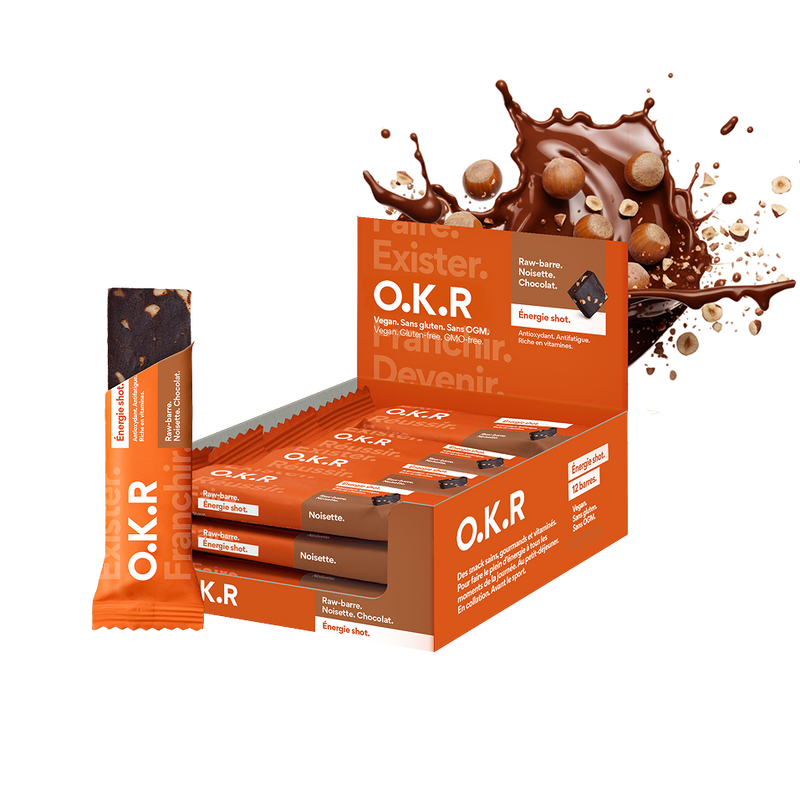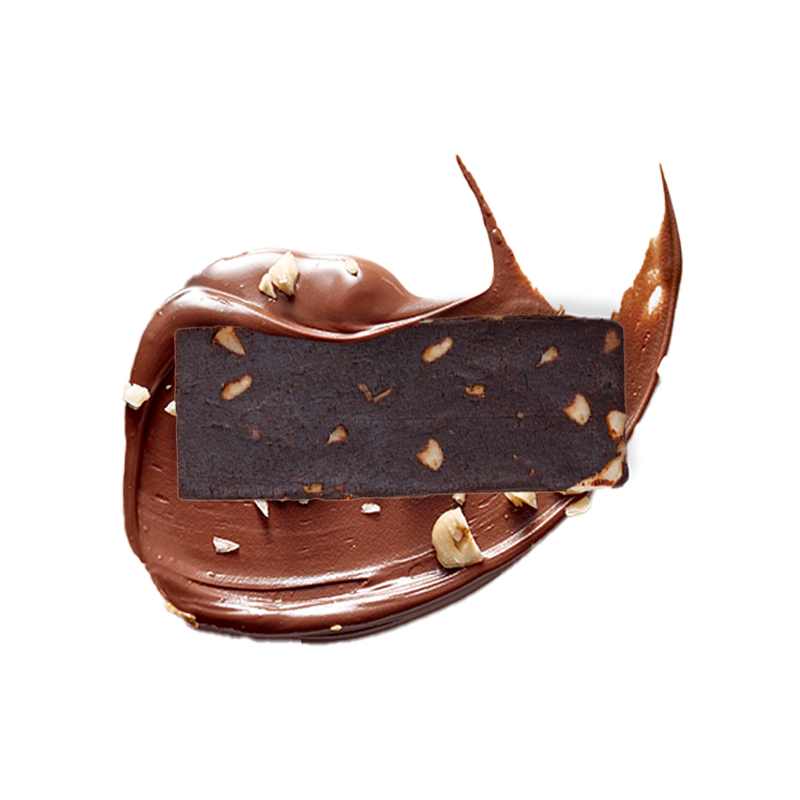List of protein-rich foods, health benefits, nutritional profile... Find out everything you need to know about the foods richest in protein in this article.
What is a protein?
Protein is a nutrient that your body and organism needs to grow and repair cells, and to function properly.
Protein is found in a wide variety of foods, and it's important that you get enough protein from your diet every day. The amount of protein you need in your diet varies depending on your weight, gender, age, and health.
A healthy diet should provide sufficient protein, fiber, fat, carbohydrates, and vitamins and minerals.
It's easy to meet your protein needs by eating a variety of foods. Protein-rich foods can come from both plant (plant protein) and animal (animal protein) sources, such as:
- meats and fish
- eggs
- dairy products
- seeds and nuts
- legumes such as beans and lentils.
The range of protein-rich foods is quite broad in nutrition. But it's also important to mix different protein sources for a balanced nutritional profile that's good for your health and your body.
What are the best sources of protein? (protein-rich foods)
We've compiled a table of protein-rich foods and products for you to find your way around on a daily basis and to simplify your shopping!
This list is not exhaustive, but is intended as a guide to help you make the right choices. We indicate a variety of protein-rich foods (plant-based or animal-based) and the protein content per 100g.
|
G of protein per 100g |
|
|
Amaranth |
15 g |
|
Almond butter |
21 g |
|
Almond |
21 g |
|
Peanut butter |
22 g |
|
Peanut |
25 g |
|
Pine nuts |
14 g |
|
Cashew nuts |
18 g |
|
Pumpkin seed |
19 g |
|
Sunflower seed |
21 g |
|
Chia Seed |
17 g |
|
Hemp seed |
30 g |
|
Bacon |
37 g |
|
Ground beef |
27 g |
|
Beef steak |
27 g |
|
Chicken breast |
31 g |
|
Chicken thighs |
24 g |
|
Pork chops |
21 g |
|
Pork tenderloin |
27 g |
|
Turkey breast |
29 g |
|
Turkey ham |
18 g |
|
Egg white |
11 g |
|
Egg |
13 g |
|
Cod |
18 g |
|
Salmon |
24 g |
|
Tuna |
28 g |
|
Shrimp |
24 g |
|
Tempeh |
19 g |
|
Tofu |
8 g |
|
Cottage cheese |
12 g |
|
Ricotta |
11 g |
|
White cheese |
6 g |
|
Hummus |
7 g |
|
Chickpeas |
20 g |
|
Red beans |
21 g |
|
Edamame |
11 g |
|
Soybeans |
34 g |
|
Coral lentils |
24 g |
|
Quinoa |
14 g |
|
Oat flakes |
13 g |
How is a protein made up?
Proteins are made up of building blocks called amino acids. There are about 20 different ones that link together in different combinations. Your body uses them to make new proteins, such as muscles and bones, and other components like enzymes and hormones. It can also use them for energy.
Some amino acids can be made by your body—there are 11 of them, known as “non-essential.” There are 9 amino acids that your body cannot make, known as “essential.” You need to include enough of these in your diet for your body to function.
Protein-rich foods are therefore obviously made up of protein but also often of fiber and fatty acids.
What is the nutritional value of protein and protein-rich foods?
The nutritional value of a protein is measured by the amount of essential amino acids it contains. Different protein-rich foods in your diet contain different amounts. It all depends on the protein source.
Generally:
- Animal products (such as chicken, beef, fish, and dairy) contain all the essential amino acids and are called "complete" proteins.
- Soy products, quinoa and amaranth also contain them.
- Legumes and nuts are usually lacking at least one.
People who follow a vegetarian or vegan diet should choose a variety of protein sources from a combination of plant foods each day to ensure they are getting an adequate mix of essential amino acids in their diet. It is this mix that guarantees the right amount of protein for your body to function properly.
If you follow a vegetarian or vegan diet, as long as you eat a wide variety of foods, you can usually get the protein you need. For example, a meal containing grains and legumes provides all the essential amino acids found in a typical meat dish.
How to easily include more protein in your diet?
If you're looking for ways to add more protein to your diet, here are some suggestions:
- Try a peanut butter sandwich. Remember to use natural peanut butter (or any other nut paste) without added salt, sugar, or other fillers.
- Choose protein snacks like our protein bars (Protein Shot).
- Ricotta (low fat) is high in protein and can be added to your scrambled eggs, mashed potatoes, or pasta dishes. Or spread it on your toast in the morning.
- Nuts and seeds are fantastic in salads, with vegetables, and served on curries. Try toasting pine nuts or flaked almonds and adding them to your green salad.
- Beans are excellent in soups, salads, and pasta sauces.
- A plate of hummus and freshly cut vegetable sticks as a snack or spread on your sandwich will easily provide an extra protein boost at lunchtime.
- Greek yogurt is a protein-rich food that you can use throughout the day. Add it to your favorite breakfast cereal, spoon it over a bowl of soup, or serve it as a dessert with fresh fruit.
- Eggs are a versatile and easy option that can be enjoyed on their own or mixed into a variety of dishes.
What are the risks of protein deficiency?
A protein deficiency means that your diet does not contain enough protein. Symptoms of a protein deficiency include:
- atrophy and shrinkage of muscle tissue
- edema (accumulation of fluid, especially in the feet and ankles)
- anemia (inability of the blood to supply enough oxygen to cells, usually caused by nutritional deficiencies such as a lack of iron)
- slow growth (in children).
Protein-rich foods and muscle mass maintenance.
From around the age of 50, humans begin to gradually lose skeletal muscle. This condition is known as sarcopenia and is common in older adults. Muscle loss is exacerbated by chronic illness, poor diet, and inactivity.
Meeting your recommended daily protein intake can help you maintain muscle mass, strength, and overall health. This is important for maintaining your ability to walk and reducing your risk of injury if you fall.
To maintain muscle mass, it is important for people to eat protein "efficiently." This means consuming high-quality protein foods, such as lean meat.
Protein-rich foods and exercise.
Shortly after exercise, it is recommended to have a serving of high-quality protein (e.g., a glass of milk or a pot of yogurt) with a carbohydrate meal to help maintain your body's protein balance. Studies have shown that this is good for you, even after low- to moderate-intensity aerobic exercise (such as walking), especially for older adults.
High-protein diets do not lead to increased muscle mass without exercise. It is the stimulation of muscle tissue through exercise, not supplemental dietary protein alone, that leads to muscle growth.
And of course, being physically active is beneficial for staying healthy.





















